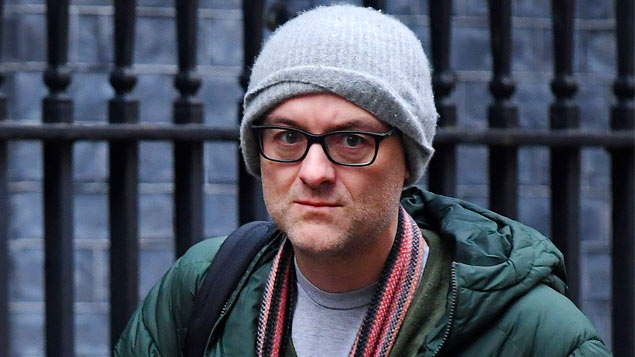
They reckon that 27 million people watched Boris Johnson addressing the nation when he announced national lockdown last month. 27 million! That’s almost half the country, and when final viewing figures are announced shortly it may well prove to be the most watched British TV programme ever. Beating the 1966 World Cup Final, no less.
It’s pretty staggering stuff and it demonstrates some interesting things. First, that despite notions of post-nationalism we are still very much a coherent country and we have work together when things veer off the rails. Secondly, that we’re all captivated by a crisis. And thirdly, that at those times of crisis we look to national figures for leadership and guidance – the Queen’s address on the weekend before Easter was itself viewed by 24 million people.
Two decades working in and around the media means I rarely watch the news from an objective point of view. As a PR practitioner I must confess I’m usually more of a media critic – interested in what is going on behind the news rather than taking it at face value.
So from an editorial point of view, the last six weeks or so have been fascinating. We’ve gone from being, you might argue, an individualistic and somewhat irreverent society to one in (almost) complete obeyance of what we are instructed to do for the good of the nation.
Indeed the speed with which we went from carefree, perhaps reckless abandon – remember Cheltenham Festival went ahead from March 10th to 13th – to total lockdown was stunning, really.
On March 15th, health secretary Matt Hancock announced the over 70s would need to self-isolate “within weeks”. March 16th, Boris advises against non-essential travel. The next day, Rishi Sunak announced his business support package.
On the 17th, Tuesday, Boris says school will close on the Friday, the same day that he announces closures of pubs, cinemas and the like. Total lockdown was announced just six days later.
It was a rapid tightening of our freedoms, dressed up as “we’ve now reached the stage that…”. And it was probably effected as quickly fast as was feasible, given how much of a drastic change it has had on all our lives.
And since then, the Government has been using all the cards in its hand to ensure we toe the line, at what is presumably crunch time for the crisis. Daily briefings, rising fatalities, plenty of fear and unprecedented threats of police enforcement.
The Queen was the ace in the pack, used on April 5th just as the initial shock was over and we started to wonder perhaps whether we might be able to stretch the rules a little.
It’s an interesting time for news channels and publications – striking the right balance between partnering the Government’s efforts to stem the outbreak while holding it to account for strategic shortcomings. And more recently, trying to maintain viewing figures while we lose interest in the story – hence some dubious ethics of sensationalising global economic forecast projections, that kind of thing.
It’s easy to point the finger and say we should have locked down faster, or got ahead of the game with a testing strategy, or been quicker to secure PPE and medical supplies. But I don’t remember anyone complaining at the time. Hindsight’s a wonderful thing.
And if we’d been asked to stay at home right from the start, would the nation have listened while the cases of infection and Covid-19 fatalities remained relatively low? Would the criticism have come later, if the strength of the restrictions had peaked too early and people had started to rebel against the strategy? We’ll never know, of course.
One thing which doesn’t seem to be reported – although I’m not a medical expert, so I don’t know if it’s relevant – is the varying population densities of countries which we’re compared too like Germany, France, Italy and Spain.
The five countries have broadly similar populations, cultures and presumably quality of health services. Yet the UK comes top of the mini-table for population density – 700 people per square mile, versus around 600 for Germany, 520 for Italy, 320 for France, 240 for Spain. But if you discount Scotland (lots of lakes and highlands north of the border) then England on its own is way higher, with over 1,000 people per square mile. Surely that’s relevant for ease of viral transmission, as well as an additional challenge?
One thing’s for sure, the media loves a crisis and it particularly likes things when we’re all stuck at home – struggling for things to do except listen to the radio and watch the telly. Viewing figures, audiences are going through the roof. Worth remembering from a PR point of view – it’s never been a better time to get your message out there.

God the media love whipping up a scandal, don’t they? Especially when there’s a point to be made.
Dominic Cummings: admired and despised by the media in equal measure for first engineering a referendum victory then masterminding a General Election borderline thumping, while adopting an almost Trump-ian disdain for the press which, until recently, hasn’t done him or the Prime Minister any harm at all.
Careful who you make enemies with though, Dom. One slip-up and you’ll realise you’ve been laying the foundations for a world of pain.